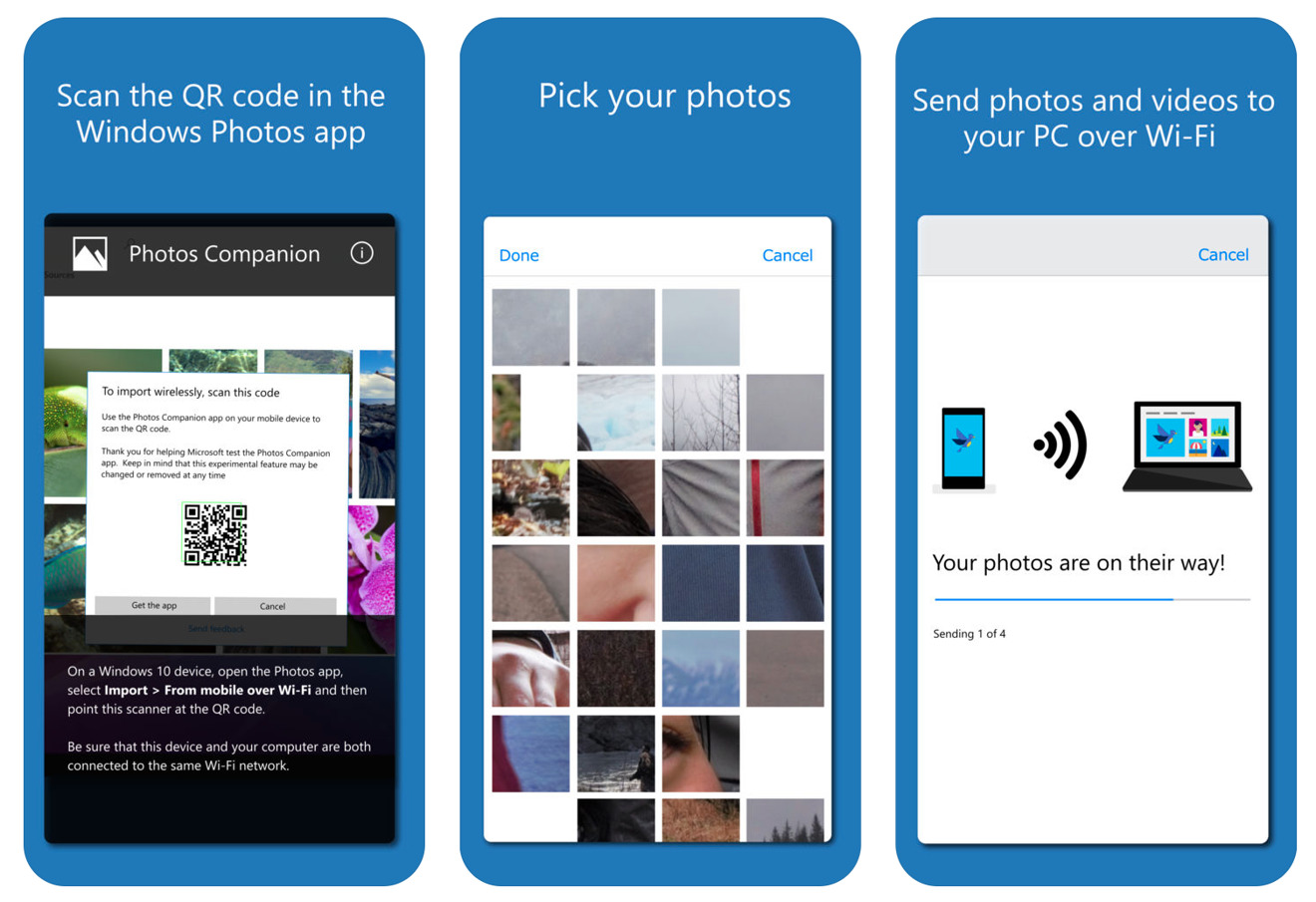
Other thoughts: does this have anything to do with the. Perhaps this is an issue? If it is, nor changing to define('DB_HOST', 'mysql wampserver') nor define('DB_HOST', '127.0.0.1') nor define('DB_HOST', '127.0.0.1 via TCP/IP') fixed the issue. In phpAdmin on my mac, the server name is localhost while on my Windows machine, the server name is mysql wampserver. In wp-config.php, the MySQL settings are defined as such (I'm wondering if something is wrong here): define('DB_NAME', 'wordpress') When clicking on it, however, I get an HTTP 500 internal error message.

I now would like to transfer the site to a Windows 7 computer where I have installed WAMPServer (to continue to be developed locally). Note, if you have database connection issues, you will need to locate the database connection file within your project and update the connection.I have developed my Wordpress website locally using MAMP on a Mac. Here we can make changes to the site without worrying about affecting the live site! Now that everything is set up, we can open up our browser and visit testapp.build, and we can see our local site.

At the bottom of the file, add the following: At the bottom of the file add the following code:įinally, for the last step, open up Notepad as an administrator and open C:\Windows\System32\drivers\etc\hosts. Now that we all of our files and database setup, we need to create a virtual domain for the site. This will complete copying the database locally. With the import tab open, select the.sql file and press Go at the bottom. On the sidebar, click the newly created database and click the import tab. Once phpMyAdmin is open, create a new database with the same name as the live database, in my scenario, it will be 000example. With the XAMPP Control Panel open, start Apache and MySQL, then click the Admin tab on MySQL. The first step is to copy the files from (C:\Users\#YOURNAME#\Desktop\Backup\) into your XAMPP htdocs folder, inside of a test folder (C:\xampp\htdocs\test\). Now that we have everything needed to recreate the site locally, we can start working with XAMPP. Simply download all the files from your root level connection and save it into the backup folder (C:\Users\#YOURNAME#\Desktop\Backup\). Using Filezilla, enter your FTP credentials and create a connection to your server. You will need FTP access to do this, and an FTP client, we suggest Filezilla. Now that you have a copy of your database, all that is left is to grab a copy of all your files from your server.

The first step of the process is to download XAMPP. Step 1: Get Copies of Files and D atabase So how exactly is this process accomplished? XAMPP is the bread and butter behind this type of upgrade. To do this without affecting the live site, a copy of the site is made, recreated locally, debugged, tested and updated, and then transferred back to the live site. About six months ago, PHP 5.6 reached End-Of-Life, which means that for the months before December 2018, I was tasked with updating code on some sites that were not PHP 7.2 compliant.


 0 kommentar(er)
0 kommentar(er)
